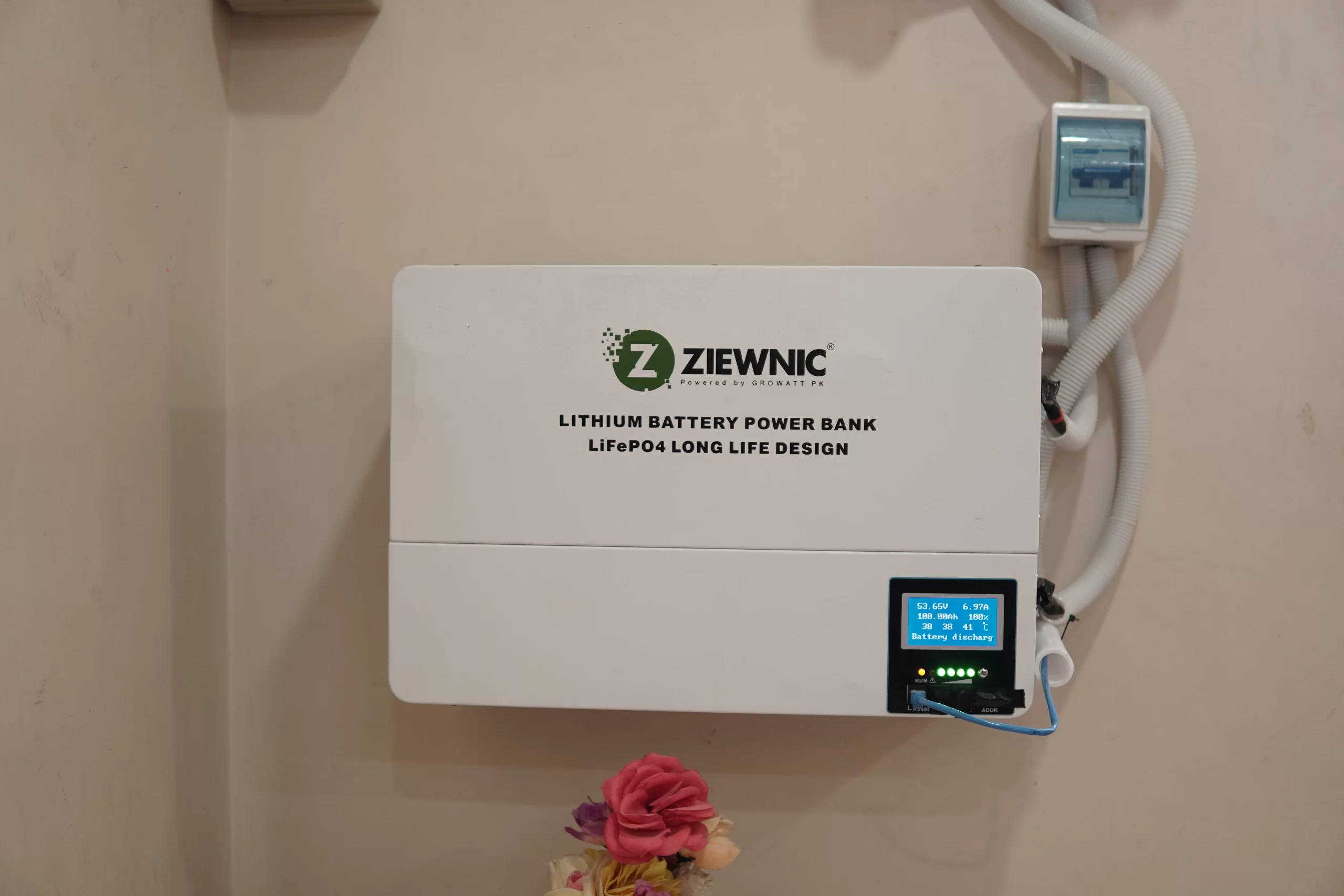-
Mon - Fri 8:00 - 18:00 / Sunday 8:00 - 14:00
-
Visit Us:


Zynergy engineered and executed a 50-kilowatt (kW) hybrid solar system for Ilyas Sweets, creating a reliable energy infrastructure that blends solar power with grid connectivity to ensure seamless operations—especially useful during grid outages.
Key Features
Flexible Hybrid System: Combines solar energy generation with battery backup to maintain operations even during power interruptions. A smart solution for uninterrupted lighting, refrigeration, and daily processes.
Grid Synchronization & Net Metering Potential: Seamlessly integrates with the local grid for optimal energy utilization. Surplus solar energy can be fed into the grid when available, earning valuable credits. Reddit+1
Full EPC Services: Zynergy handled everything from initial energy assessments and solar system design to construction, commissioning, and project handover.
Benefits
Operational Resilience: Ensures the sweet-making workflow remains uninterrupted during load shedding or grid instability—critical in Karachi’s energy landscape.
Energy Cost Optimization: Blends self-generated solar power with strategic grid usage, helping to limit reliance on costly utility electricity. As many users noted, “Hybrid system is overly complicated…but net-metering works”—though even pure on-grid systems are recommended when battery maintenance is a concern. Reddit+1
Sustainability & Brand Value: Aligns Ilyas Sweets with green energy practices, enhancing corporate responsibility and potentially attracting more eco-conscious customers.
Estimated Daily Generation
Hybrid installations of this scale often yield around 200–220 kWh per day, depending on system orientation and sunlight availability—enough to serve daytime demand and charge batteries for evening operations.
Hybrid advantages: A hybrid solar solution ensures critical systems (like refrigeration and kitchen lighting) stay powered even when the grid falters, giving reliability that simple on-grid setups can’t match during load shedding.
Net-metering synergy: Whenever solar production exceeds real-time needs, the surplus can be exported to the grid—helping offset energy costs and maximizing return on investment.